Canada looks to prosecute crimes on the moon
Thursday, 28 April 2022 19:13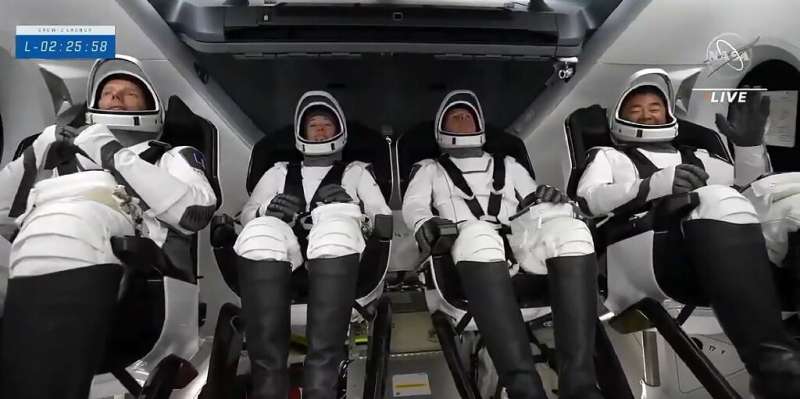
Canadian lawmakers were set to vote Thursday on amending the nation's Criminal Code to allow for the prosecution of crimes committed on the moon.
The proposed change to the law—which was expected to be passed—was described in a 443-page budget implementation bill presented to Parliament this week.
Canada to prosecute crimes on the moon
Thursday, 28 April 2022 19:13
Canadian lawmakers were set to vote Thursday on amending the nation's Criminal Code to allow for the prosecution of crimes committed on the moon.
The proposed change to the law—which was expected to be passed—was described in a 443-page budget implementation bill presented to Parliament this week.
Space Force sees room for more competitors in national security launch
Thursday, 28 April 2022 19:12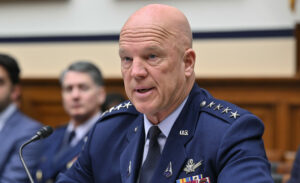
Gen. John Raymond said the the Space Force might consider working with more than two launch companies as more players enter the industry
The post Space Force sees room for more competitors in national security launch appeared first on SpaceNews.
NASA's Webb telescope is now in full focus, ready for instrument commissioning
Thursday, 28 April 2022 19:07Northrop Grumman expects a $2 billion order from ULA for solid rocket boosters
Thursday, 28 April 2022 14:24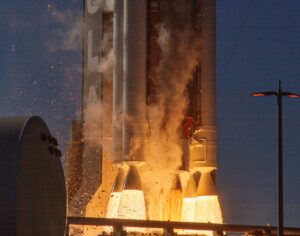
Northrop Grumman is anticipating a $2 billion contract from United Launch Alliance for solid rocket boosters, president and CEO Kathy Warden said April 28.
The post Northrop Grumman expects a $2 billion order from ULA for solid rocket boosters appeared first on SpaceNews.
China’s Wenchang aims to become commercial space hub
Thursday, 28 April 2022 10:30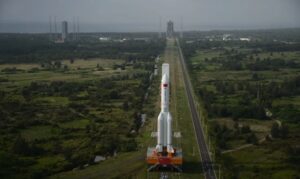
A southern city hosting China’s newest, transformative spaceport is pushing to become a hub for commercial and international space activity.
Inmarsat’s telemetry network for rockets ready for launch
Thursday, 28 April 2022 10:20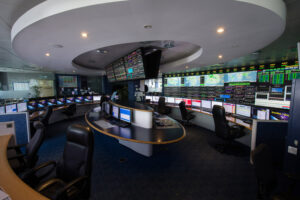
British satellite operator Inmarsat is preparing to use its telemetry relay network to support rocket launches this year for the first time, according to a company executive.
The post Inmarsat’s telemetry network for rockets ready for launch appeared first on SpaceNews.
Crew-4 arrives at ISS
Thursday, 28 April 2022 09:48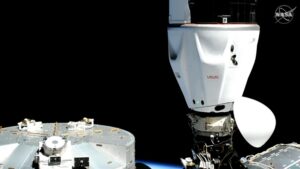
A Crew Dragon spacecraft docked with the International Space Station with a new set of American and European astronauts April 27.
The post Crew-4 arrives at ISS appeared first on SpaceNews.
Tantalising tectonics
Thursday, 28 April 2022 08:00
This network of long grooves and scratches forms part of a giant fault system on Mars known as Tantalus Fossae, and is shown here as seen by ESA’s Mars Express.
NASA's Crew-4 docks at ISS
Thursday, 28 April 2022 07:15 NASA astronauts Mission Commander Kjell Lindgren, Pilot Bob Hines, and Mission Specialist Jessica Watkins, and Mission Specialist Samantha Cristoforetti of ESA now are aboard the ISS following Crew Dragon's hatch opening. Crew-4 joins Expedition 67 crew of Raja Chari, Thomas Marshburn, and Kayla Barron, all of NASA, Matthias Maurer of ESA, and cosmonauts Oleg Artemyev, Sergey Korsakov, and Denis Matveev of Roscosmos.
NASA astronauts Mission Commander Kjell Lindgren, Pilot Bob Hines, and Mission Specialist Jessica Watkins, and Mission Specialist Samantha Cristoforetti of ESA now are aboard the ISS following Crew Dragon's hatch opening. Crew-4 joins Expedition 67 crew of Raja Chari, Thomas Marshburn, and Kayla Barron, all of NASA, Matthias Maurer of ESA, and cosmonauts Oleg Artemyev, Sergey Korsakov, and Denis Matveev of Roscosmos. Samantha Cristoforetti and the rest of Crew-4 arrives at the International Space Station
Thursday, 28 April 2022 07:00 Video:
00:01:34
Video:
00:01:34
ESA astronaut Samantha Cristoforetti and NASA astronauts Kjell Lindgren, Robert “Bob” Hines and Jessica Watkins arrive at the International Space Station after docking at 01:37 CEST on Thursday 28 April 2022.
Collectively known as Crew-4, the four astronauts were launched at 08:52 BST/09:52 CEST Wednesday 27 April from NASA’s Kennedy Space Center in Florida USA. Transit to the Station is expected to take under 24 hours.
Samantha is the third ESA astronaut to travel to the orbital outpost in a Crew Dragon. During the journey she and Jessica will serve as mission specialists. Kjell is Crew-4 Commander and Bob
AFRL'S new lab to accelerate hybrid space architecture
Thursday, 28 April 2022 04:32 The Air Force Research Laboratory, or AFRL, Space Vehicles Directorate held a ribbon cutting ceremony April 12, 2022, to herald its newest facility, the Rapid Architecture Prototyping and Integration Development, or RAPID, laboratory that will provide better, faster and smarter space technology to our nation's warfighters.
The $7,326 million lab is nearly 14,000 square feet and will develo
The Air Force Research Laboratory, or AFRL, Space Vehicles Directorate held a ribbon cutting ceremony April 12, 2022, to herald its newest facility, the Rapid Architecture Prototyping and Integration Development, or RAPID, laboratory that will provide better, faster and smarter space technology to our nation's warfighters.
The $7,326 million lab is nearly 14,000 square feet and will develo PAR Government teams up with BlackSky to deliver near real-time imagery
Thursday, 28 April 2022 04:32 PAR Technology Corporation (NYSE: PAR) has announced that its wholly-owned subsidiary PAR Government Systems Corporation (PGSC) has incorporated BlackSky's (NYSE: BKSY) commercial satellite data into the Sit(x) cloud-native situational awareness suite making it possible for tactical and operational end users to access near real-time imagery on the Tactical Assault Kit (TAK) mobile platform.
PAR Technology Corporation (NYSE: PAR) has announced that its wholly-owned subsidiary PAR Government Systems Corporation (PGSC) has incorporated BlackSky's (NYSE: BKSY) commercial satellite data into the Sit(x) cloud-native situational awareness suite making it possible for tactical and operational end users to access near real-time imagery on the Tactical Assault Kit (TAK) mobile platform. Could the blueprint for life have been generated in asteroids
Thursday, 28 April 2022 04:32 Using new analyses, scientists have just found the last two of the five informational units of DNA and RNA that had yet to be discovered in samples from meteorites. While it is unlikely that DNA could be formed in a meteorite, this discovery demonstrates that these genetic parts are available for delivery and could have contributed to the development of the instructional molecules on early Earth
Using new analyses, scientists have just found the last two of the five informational units of DNA and RNA that had yet to be discovered in samples from meteorites. While it is unlikely that DNA could be formed in a meteorite, this discovery demonstrates that these genetic parts are available for delivery and could have contributed to the development of the instructional molecules on early Earth 

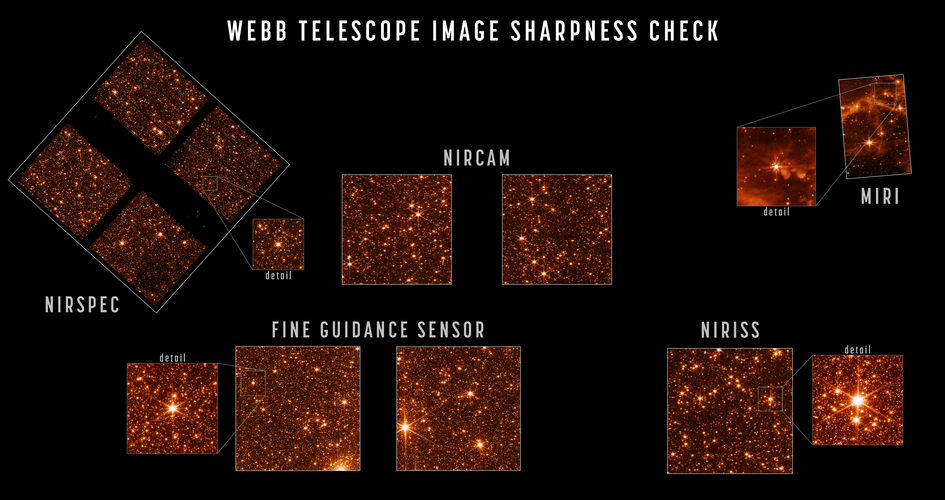 Image:
Webb in full focus
Image:
Webb in full focus